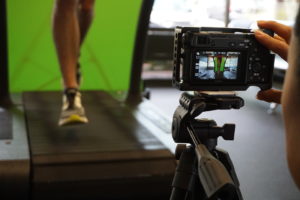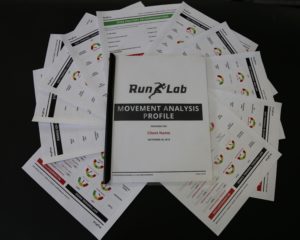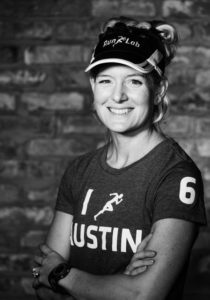Ever wonder how to safely build endurance as a runner? If you have been following our blog series, you have been establishing adequate range of motion and mobility. Your balance and stability are now ninja-like…or at least ninja-in-training-like. Now, it’s time to focus on endurance so you can crush your next running goal and continue to improve your running performance. This post is an introduction to endurance and how to safely build endurance as a runner by incorporating non-running exercise into your weekly routine.
As mentioned in previous posts, running is a high-impact exercise. Trading a few running sessions out for low-impact exercises can increase your endurance fitness without adding additional load to your muscles and joints.
What exactly are we talking about when we say “endurance”?
There are two main types of endurance we will focus on to safely build endurance as a runner, cardiovascular and muscular. Cardiovascular endurance means how well our hearts, lungs, arteries, and veins take in, transport, and utilize oxygen. Muscular endurance is related to how many contractions our muscles can perform before they begin to fatigue.
How can you impact your cardiovascular endurance?
By varying intensity levels in each of these cardio exercises, you can start to increase the ability of your heart to have more cardiac output (heart rate x stroke volume). Improving the ability to get oxygenated blood through your body allows your muscles to continue to work at a higher rate. When you first start exercising, your ability to clear out carbon dioxide, shuttle hydrogen ions, and utilize oxygen is not great so your legs start to get “heavy” and fatigue quickly. As you gain cardiovascular fitness, you are better able to clear out that pesky carbon dioxide, shuttle hydrogen ions so they don’t build up in your muscles, and utilize oxygen so you can continue the activity for sustained periods over your previous capacity. If you are interested in learning more about how to create a running program based off of intensity levels, check out Jack Daniels’ “Running Formula”.
Remember, improving cardiovascular endurance means you need to perform exercises that stress the heart. Cardio exercises include things such as running, hiking, cycling, and swimming. Performing these exercises at varying and increasing intensity levels will improve your hearts cardiac output and your heart will become more efficient at pumping oxygenated blood throughout your body. The faster you transport oxygen to your muscles, the better they will feel and perform. Try adding a long bike ride or a swim, or even dancing (try Lindyhop!) into your weekly training plan. You will improve your endurance while challenging your body in a new way, which ultimately helps improve your run.

Now let’s focus on muscular endurance. Running is essentially a series of single leg hops that you perform over, and over, and over again. In order to get through any distance run, it is vital that your leg muscles have the endurance to continue to contract and relax with each step. In addition to propelling you forward, muscle contractions help the venous system return blood to your heart. The more efficient your muscles are at contracting against the veins to return blood to the heart, the better cardiac output you will have and thus, better endurance. Exercises to improve muscular endurance for running include body weight squats, lunges and pistol squats. Try these pistol squat progressions.
Remember, you will only stick with any exercise program long-term if it’s enjoyable for you! Choose activities that you WANT to spend time doing. Almost any sport can be turned into an endurance workout if done for sustained periods. Rock-climbing, Rollerblading, playing the drums…the list is endless. Be creative and both your run AND your brain will thank you for it.
Thank you for taking the time to read our RunLab™ Blog! We hope that you use this information to run more injury free and to optimize your running performance.
For more information about the RunLab™ team and to get your running stride analyzed by one of the preeminent gait specialist teams in the country, please visit WWW.RUNLABAUSTIN.COM
Outside of the Austin area? You can still have your running stride analyzed by one of the best teams in the country. Just visit WWW.RUNLAB.US to see where our partner filming locations are based or choose the self-film option.
RunLab™. Helping runners help themselves.
LEARN MORE:
RunLab™ Podcast RUN.
RunLab™ YouTube channel

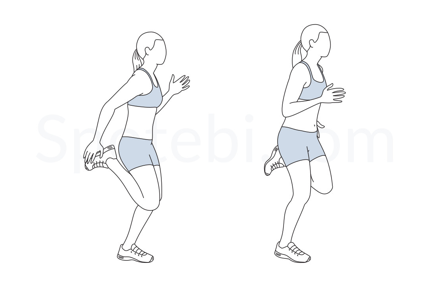
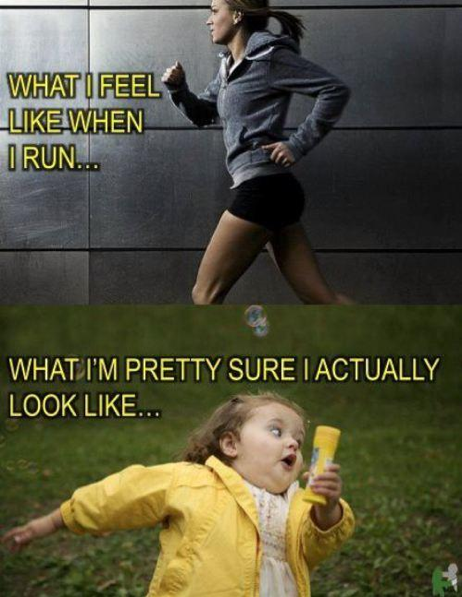
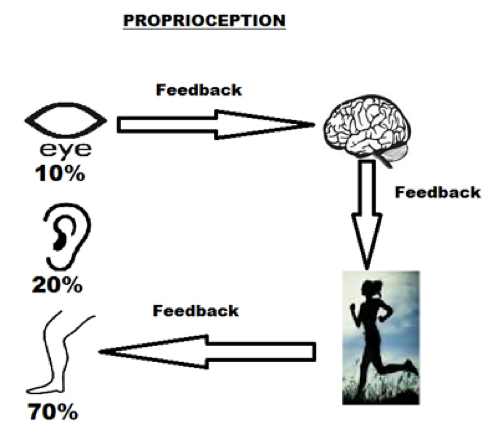
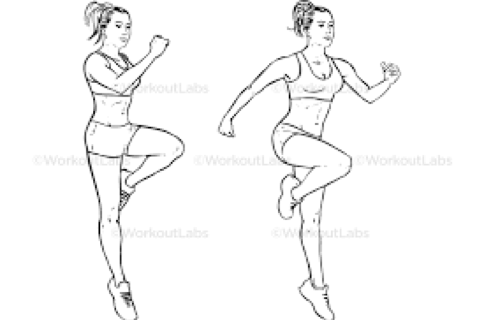
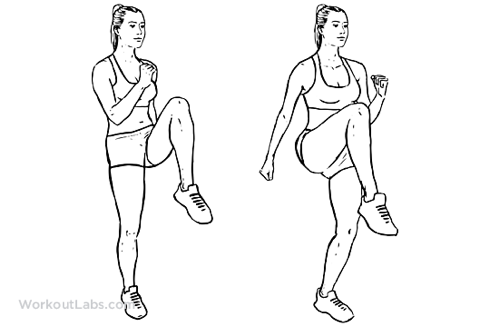
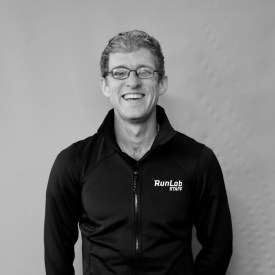
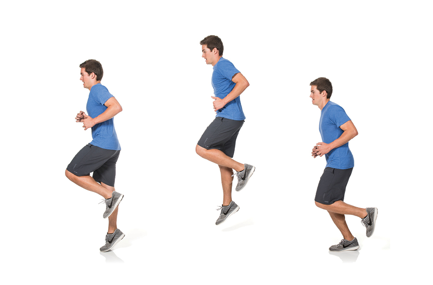
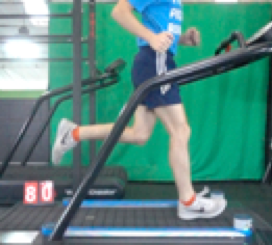
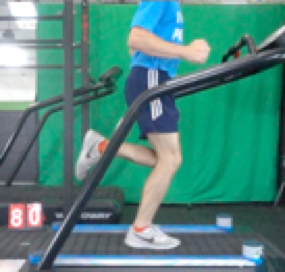
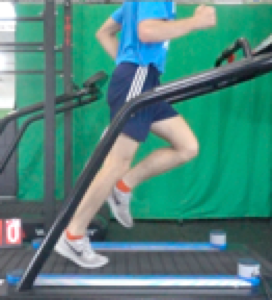
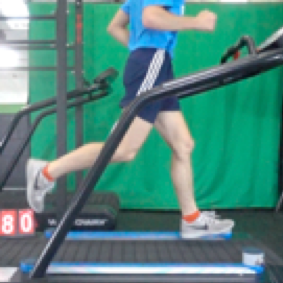
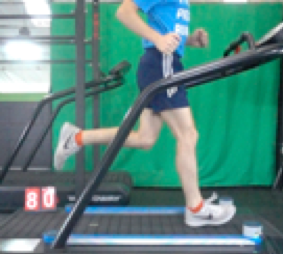
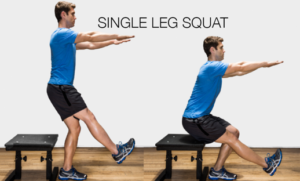
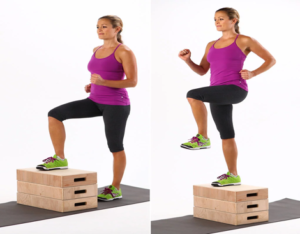
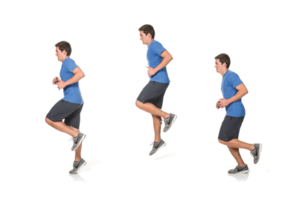

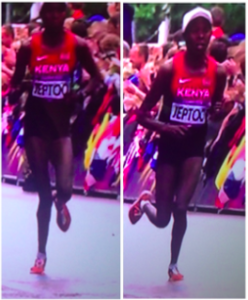
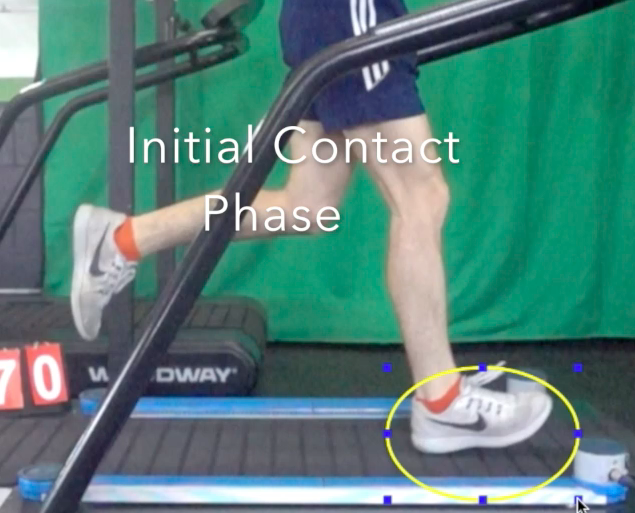




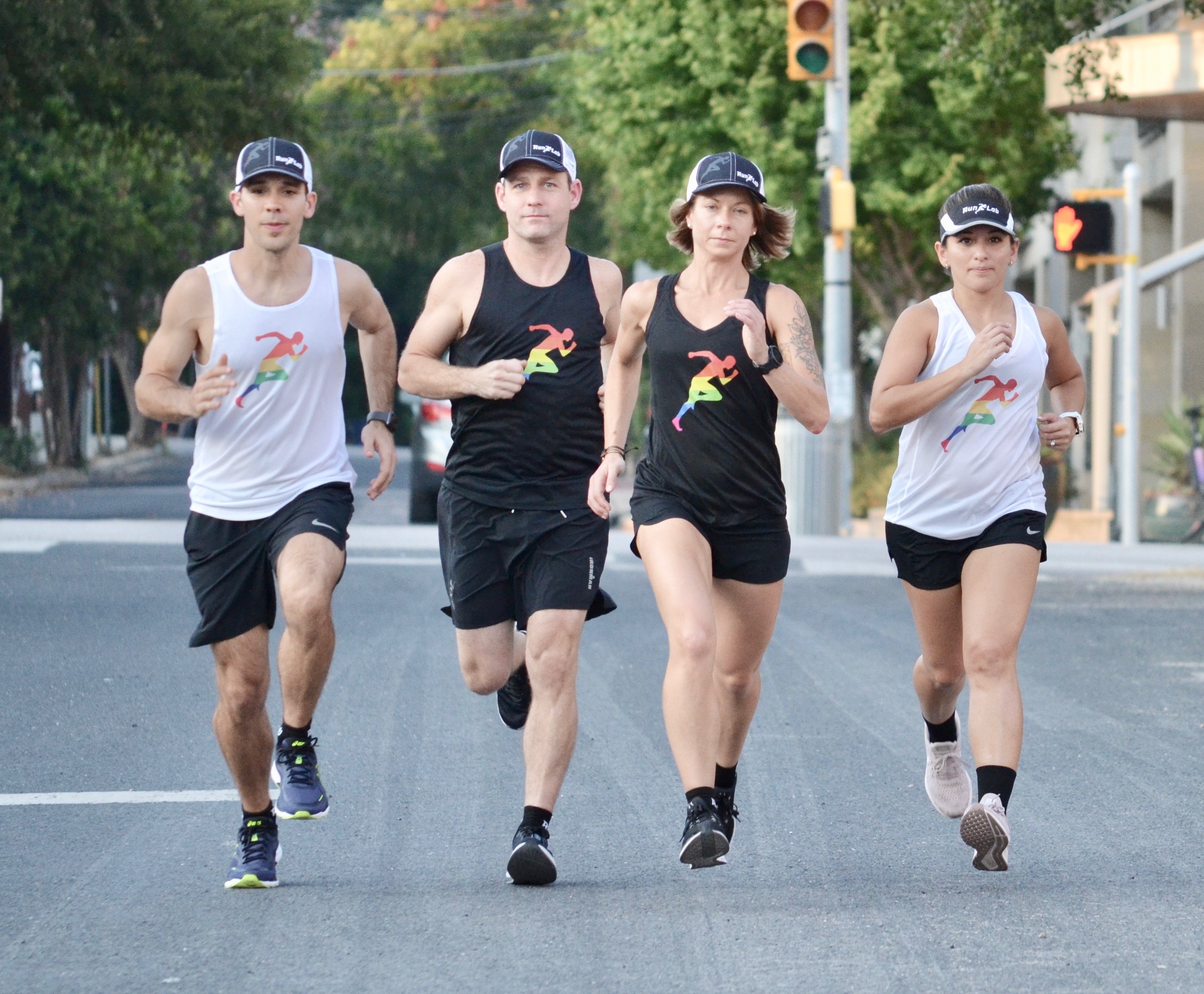
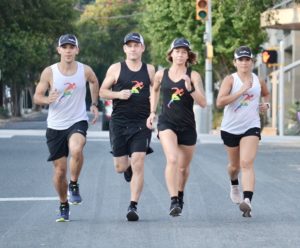 THE MYTH: There is a “right” way and a “wrong” way to run.
THE MYTH: There is a “right” way and a “wrong” way to run.